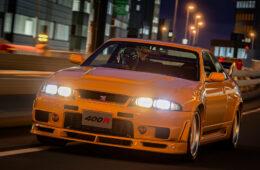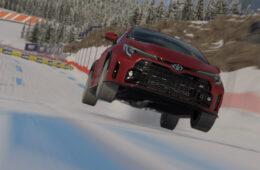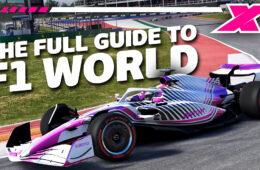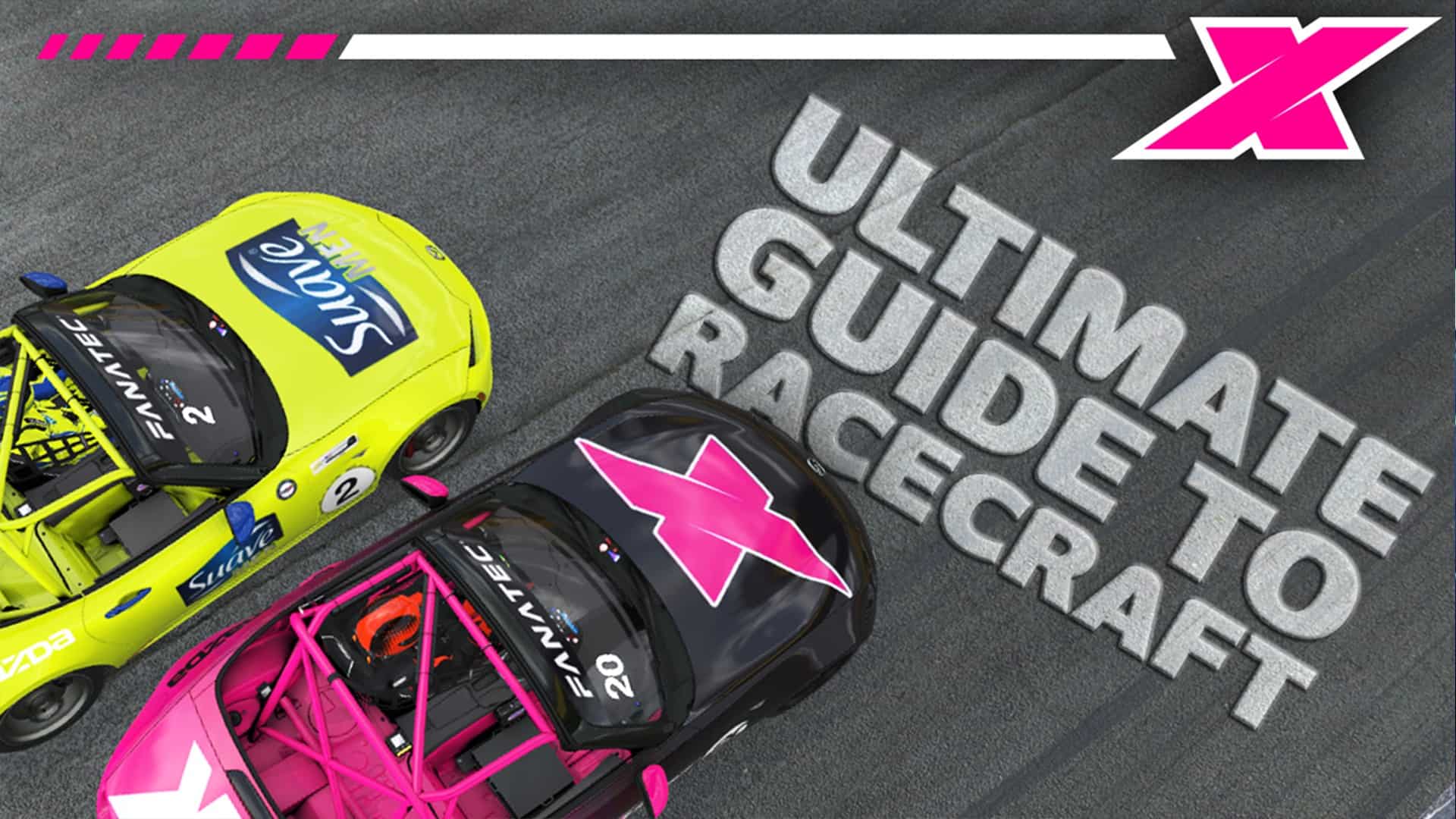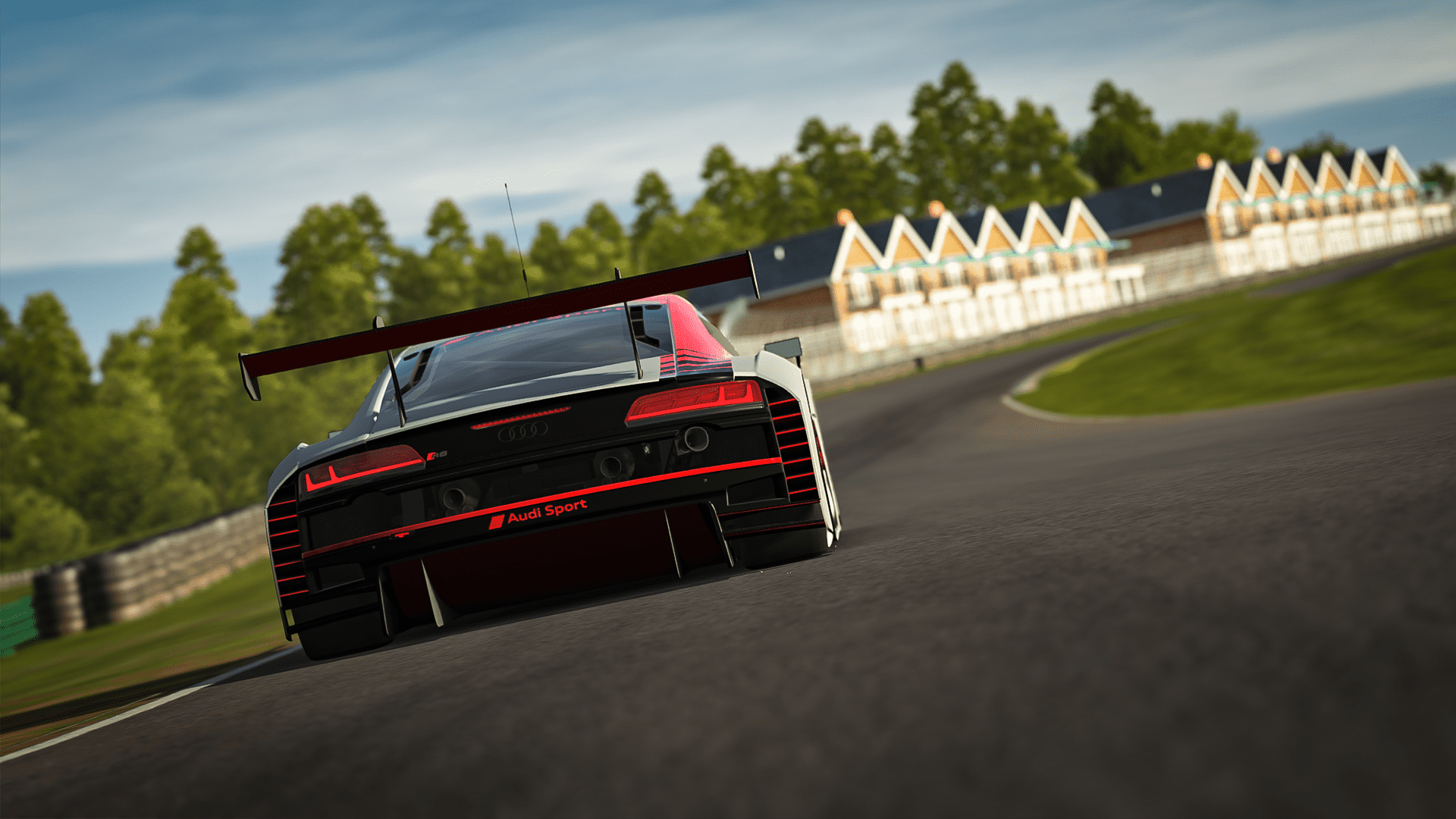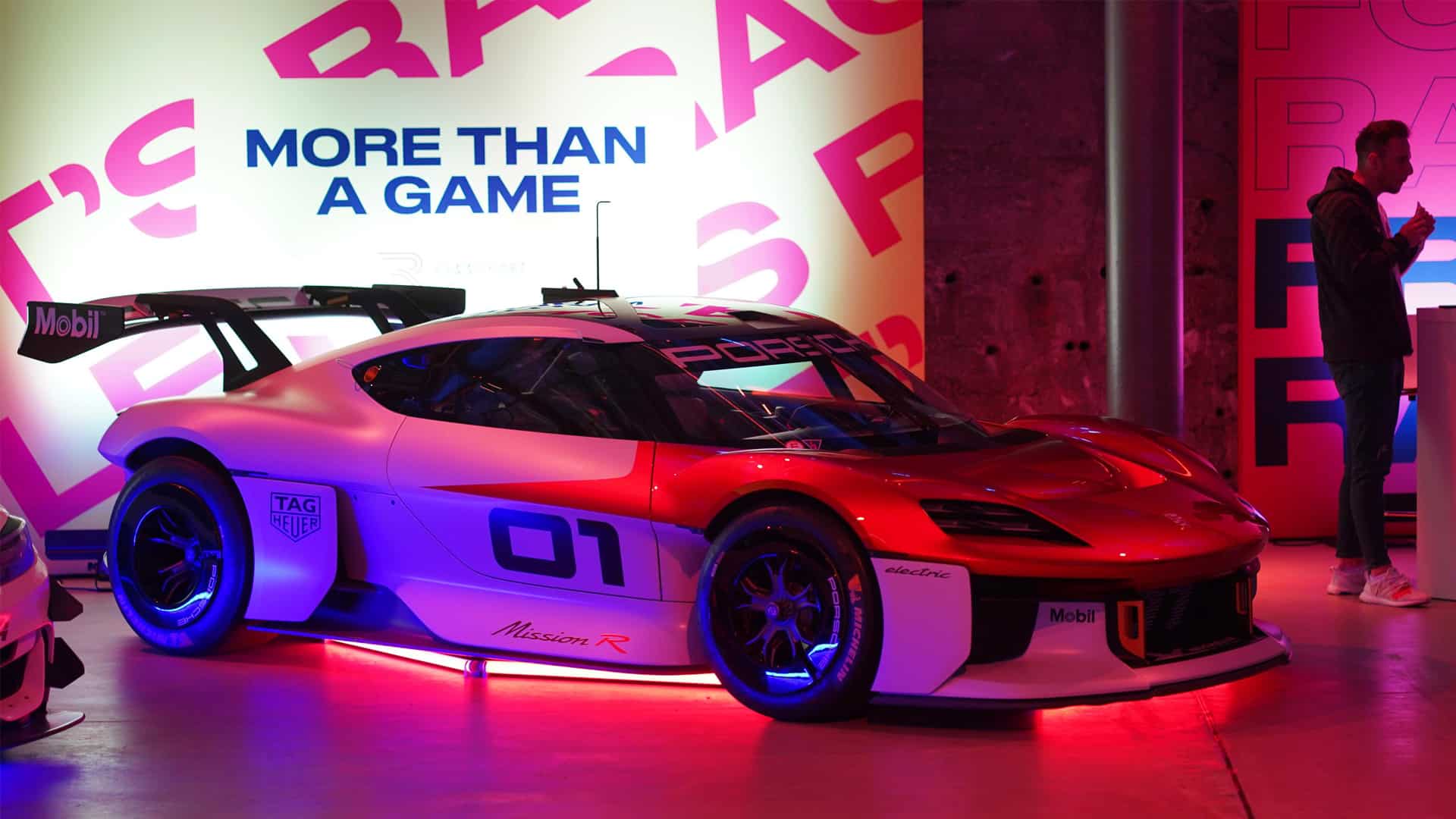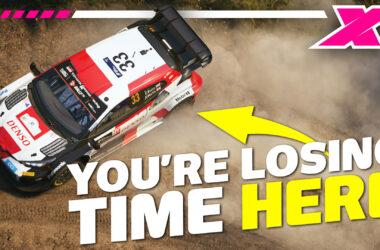Being a good racing driver isn’t just about speed. You need patience, precision, concentration and even bravery. The fastest driver doesn’t always win, something that is often highlighted in the world of sim racing.
You need to have racecraft. But what exactly is racecraft? Well, that’s what I’m here to talk about in today’s video. What is good racecraft, why is it important and how do you go about improving in this area? Let’s find out!
Defining Racecraft
Let’s start with the basics, understanding what racecraft is. Racecraft is all about how you race against other cars on circuit, and your ability to maximize your potential results.
Someone who has good racecraft will often finish in a higher position than they qualified in, whereas someone with bad racecraft may hot lap or qualify well, but struggle to hold on to their lofty position come race day.
There are multiple aspects that all fall into the category of racecraft, ranging from the fundamentals of attacking and defending, to the art of car positioning and race management.
The so called ‘racing’ line
I’m going to begin with a crucial concept that needs to be established straight away. The optimal racing line isn’t necessarily the fastest. Let me explain…
The optimal racing line in its regular form refers to the fastest possible route around the circuit. This normally involves making each corner as wide as possible, often by using an out-in-out approach.
You brake on the outside heading into a corner, move towards the inside for the perfect apex and then let the car run back to the outside as you leave the corner.
This opens out the angle of the corner, literally making it less tight and therefore allowing you to carry more speed. It’s not quite as simple as that with every corner on every circuit, but most of the time this is the best way to approach things.
And sure, in qualifying when you have the track to yourself and its all about peak lap time, using this natural, optimal ‘racing’ line is the way to go, but sometimes in the race itself you have to adjust your lines to help with your racecraft.
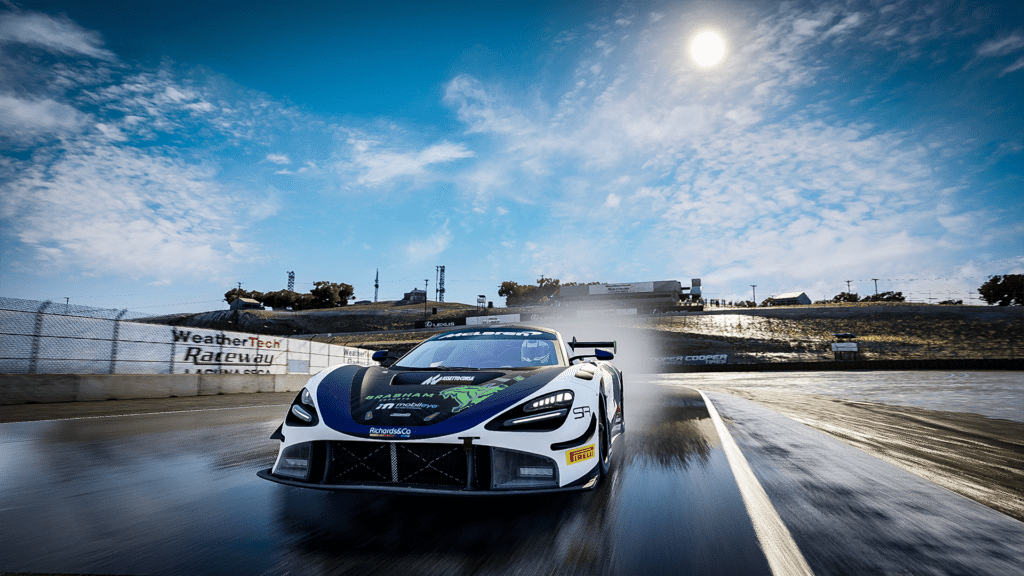
It’s actually quite confusing that the racing line is called the ‘racing’ line… maybe it would be better if was called the fastest lap line or qualifying line or something… The reason this matters is because, in reality, you are rarely able to lap the track exactly how you intend to, there are other cars to deal with as well as numerous other variables.
Sometimes it can be quicker to take a narrow line through a corner to avoid being overtaken and forced out wide, sometimes it can be quicker to enter the corner wider than the racing line, in order to cut back and not be held up by the car in front.
I am going to cover these things in more depth later on, but it’s always worth remembering this core idea… You have to adapt your driving to your surroundings and read the race that’s happening around you.
Use your eyes
This may sound obvious, but for those of us blessed with strong eyesight, it’s important to use it as much as possible. If you are too busy looking at the square foot of tarmac directly in front of your bumper or nose cone, you aren’t going to be able to anticipate potential opportunities or hazards nearly as easily.
The trick is to look as far ahead as you can get away with, and not only will you be able to spot potential spinners or slow-moving traffic, but you will also hit more apexes. To be honest, this technique probably warrants a whole video of its own because of how important it is.
Just try looking one step ahead of where you are at any given moment, so on the straight look at the braking zone, in the braking zone look to the apex, and as you approach your apex look to the exit. It will help both speed and situational awareness, leading to better racecraft.
Oh, and another big thing when discussing where to look; keep an eye on your mirrors. I’m not saying you have to drive on them, or constantly look behind you, but a quick glance here and there when approaching a corner will give you a much better chance of spotting an overtaking attempt.
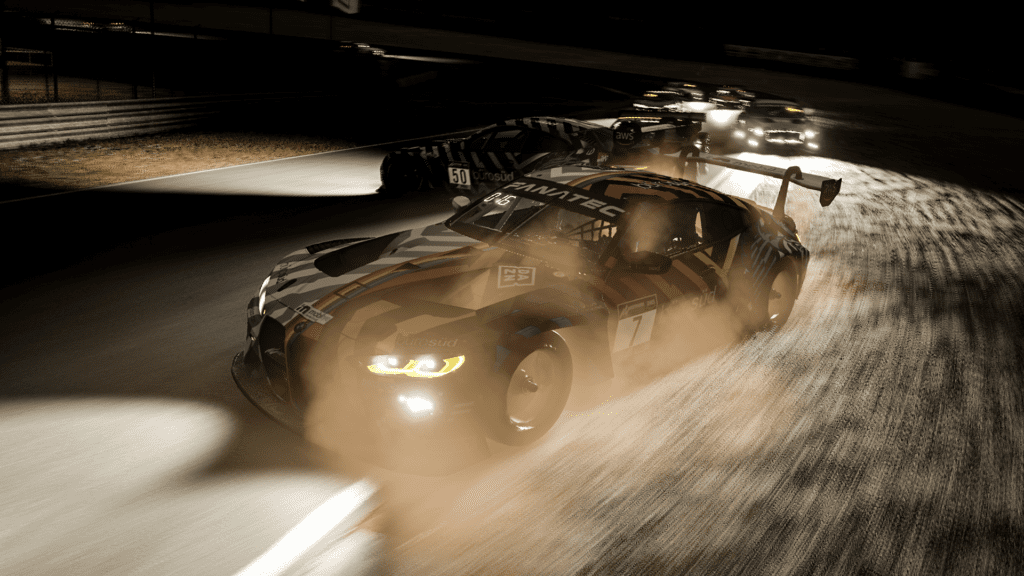
Overtaking
Speaking of moves, it’s about time we talked about the main aspect of good racecraft, the art of overtaking. I would also throw defending into that category, but we will come to that in a later video.
Understanding how to overtake cleanly, decisively and at the right time is paramount to your racing success. You can waste huge amounts of time stuck behind slower cars if you don’t get this right, and there are several things you can do to help you become more efficient.
Firstly, it’s about learning to judge when it’s the right moment to make your move. You have to be patient in racing, as impatience can lead to collisions and mistakes.
You often hear experts describing botched overtaking attempts as ‘half-hearted’. What they mean by this is that the driver doing the attacking wasn’t completely sure about what they were doing.
If you think about an overtake and change your mind once you have already started carrying it out, you often either lose time with a sub-optimal corner entry or cause an accident because the driver in front was not anticipating your car being there.
When you overtake someone, the best way to do it is to be decisive, either fully commit, or don’t try it. Make your decision before the corner and if it’s a standard out-braking manoeuvre down the inside, make sure you brake late and hard so that your car can get fully alongside or ahead in the braking zone.
That way, the driver in front knows what is happening and will have to leave you space. If the move isn’t on yet, just be patient, and if you are fast enough it will happen eventually.
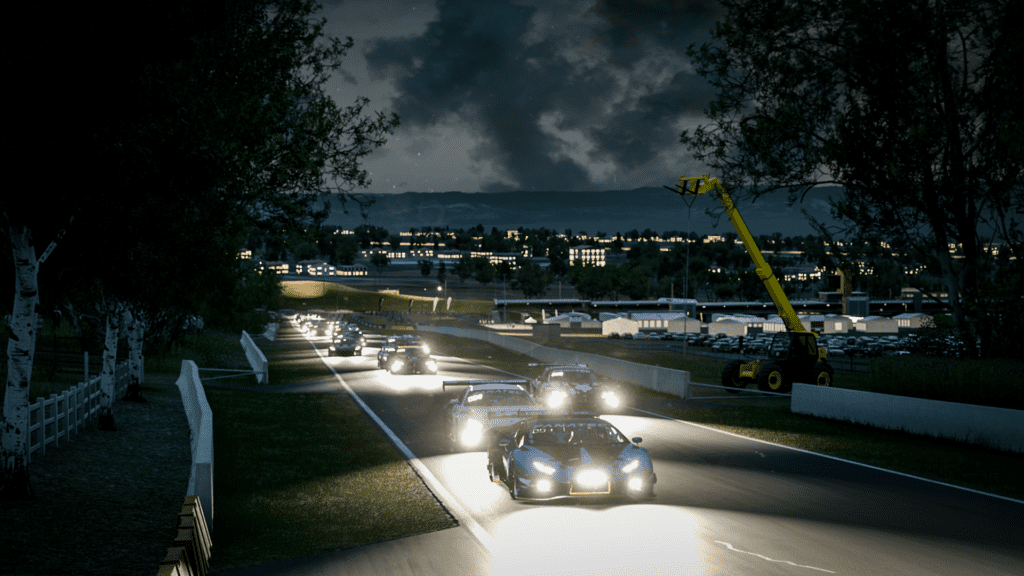
If the speed difference isn’t huge, however, then you may need to think a little more proactively about how to create an overtaking opportunity, rather than waiting for one to fall into your lap.
As you might expect, there are various methods you can use to maximise your chances. First of all, learn the patterns of the car in front. Where on the circuit are they stronger than you, and where are they weaker?
If you know specific corners in which they are slower than you or brake earlier, then you must exploit these particular weaknesses. For example, the car in front brakes 10 metres earlier than you do for Turn 6, which is a hairpin.
Perfect, that’s going to be where you make your move. Now you need to work out how you are going to make that happen. Which leads me to the next piece of advice- set up your moves in advance.
If you want to be close heading into Turn 6, you need a better exit than them out of Turn 5. How can you make that happen? Compromise their line into Turn 5 by getting as close as possible through Turn 4, forcing them into defensive positions.
Essentially, you need to use your road positioning and lines to dictate theirs. As the attacking car, you can react to the car in front, whereas the car in front has to make all of those decisions by themselves in anticipation of what might happen. In my opinion, this gives the attacker a positional advantage.
Dave Cam made a video for Traxion last year called “How to Effectively Practice on iRacing”,(which I’d recommend you watch no matter which sim you race on) and in this video he talked about the importance of practising alternative lines.
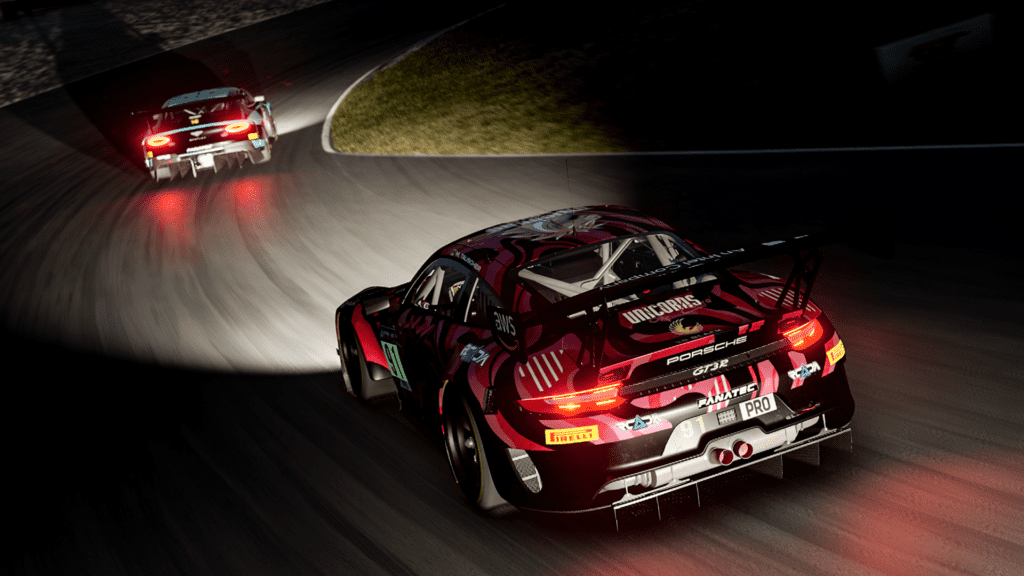
This is really useful advice. Practice is always important, but many people don’t bother practising their alternative lines, and these end up being used more often during close racing situations than the regular racing line.
Find alternative braking references for when you are making a move down the inside, learn how much speed you can carry on the outside of the corner as well as the inside, and play around with maximizing your exit speed. This will come in very handy when you find yourself in those situations mid-race, as you will have already practised what works best.
If you have tried the same moves for many laps in a row and it isn’t working, this might be because the defender has begun to learn your patterns. In these situations, it’s important to be unpredictable, and try to catch them with their guard down.
I once spent a whole race stuck behind the eventual winner even though I had a half-second per lap pace advantage, simply because I kept trying to go for the same move and he was wise to it. The better way to do it is to try a few times and if it doesn’t work, back off a little and hold your regular line on the next lap.
This way, the defender won’t be sure whether they need to defend the corner or not, and then when they have been lured into a false sense of security, you can pounce and catch them by surprise. Trust me, this is an important one!
Psychological Warfare
Sometimes, it can be difficult to make any kind of move whatsoever. Certain circuits are notorious for making overtaking nearly impossible. However, this doesn’t mean you are out of options.
it’s just as beneficial overtaking somebody because they’ve made a mistake as it is because you have made a successful pass. If you are able to pressure your opponent into an error, things become much easier.
A popular method you can use (as the attacking car) is simply to apply constant pressure. If you move around on the straights and get close to the back of the car in front, you will create a lot of noise in their mirrors, and that pressure can get to some.
Sure, it’s perhaps not the kindest way to go racing, but you know… needs must…. Ever wondered why touring car drivers flash their headlights? Making noise and causing distractions can hopefully pressure the defender into an error.
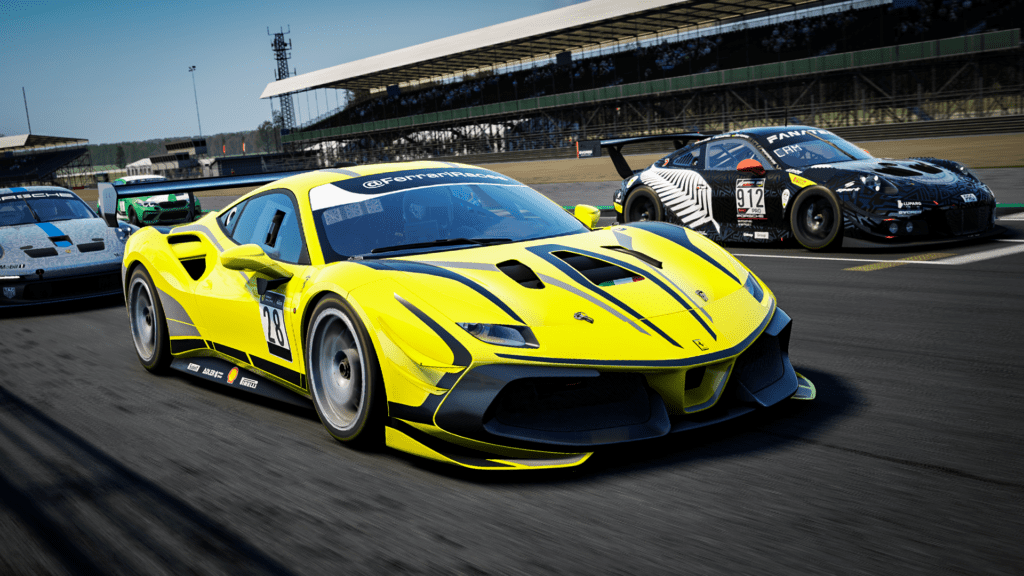
Of course, you just have to be careful you don’t accidentally run into the back of them or make a mistake, so the constant pressure strategy requires a little bit of experience and racing maturity.
What about situations where there are multiple cars involved in a big battle? Often, when this happens, the best way to go about things is to back off a little bit, focus on your exits and let the others compromise each other or make mistakes. If two cars in front are battling aggressively, they will likely force each other off-line, or maybe even collide. You can quite simply pick up the pieces with a good exit.
So, as you will have picked up by now, there are so many ways in which an overtake can happen, and there are so many more ways that I haven’t even covered!
It’s always about preparation and then anticipating and adapting to any situation you find yourself in, and the more different ideas and tools you have up your sleeve, the better. As always, experience is key, and as you rack up the racing miles, making mistakes along the way, you will learn a huge amount.
In part two of our guide to esports racecraft, I will discuss defensive driving as well as several other techniques that come in useful when things get increasingly competitive.
As always, keep it pinned!



